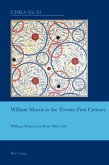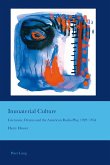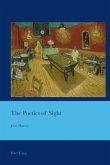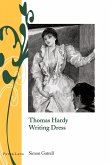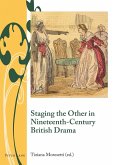This interdisciplinary collection explores the dynamic relationship between literature and architecture from the mid-nineteenth century to the present. Contributions take the reader on a journey through unexplored byways, from Istanbul to New York to London, from event spaces to domestic interiors to the fictional buildings of the novel.
Topics include the building of imaginary spaces, such as the architectural models of comic book worlds created by the cartoonist Seth and the Museum of Innocence by Orhan Pamuk, which is both novel and building. Real architectural spaces are recontextualized through literature: reading the work of Louis Kahn through his personal library and envisioning the writing haven of James Baldwin through his novels. Another approach links literary style with architectural form, as in the work of the New York School poets, who reformulate the built environment on the page. Architectural landmarks like Robert Stevenson's Roundhouse (1847), Joseph Paxton's Crystal Palace for the Great Exhibition and the 2012 Olympic Park are reconsidered as counter-narratives of postcolonialism and empire, and the New York skyline is examined alongside literature and visual culture.
This collection demonstrates the reciprocal exchange that exists between the disciplines of literature and architecture and promotes new ways of understanding these interactions.
Topics include the building of imaginary spaces, such as the architectural models of comic book worlds created by the cartoonist Seth and the Museum of Innocence by Orhan Pamuk, which is both novel and building. Real architectural spaces are recontextualized through literature: reading the work of Louis Kahn through his personal library and envisioning the writing haven of James Baldwin through his novels. Another approach links literary style with architectural form, as in the work of the New York School poets, who reformulate the built environment on the page. Architectural landmarks like Robert Stevenson's Roundhouse (1847), Joseph Paxton's Crystal Palace for the Great Exhibition and the 2012 Olympic Park are reconsidered as counter-narratives of postcolonialism and empire, and the New York skyline is examined alongside literature and visual culture.
This collection demonstrates the reciprocal exchange that exists between the disciplines of literature and architecture and promotes new ways of understanding these interactions.


